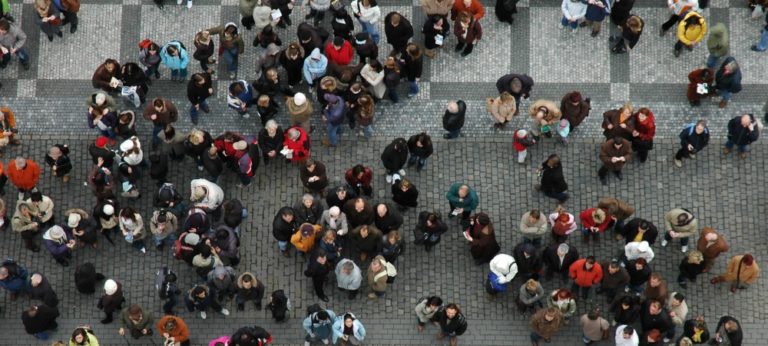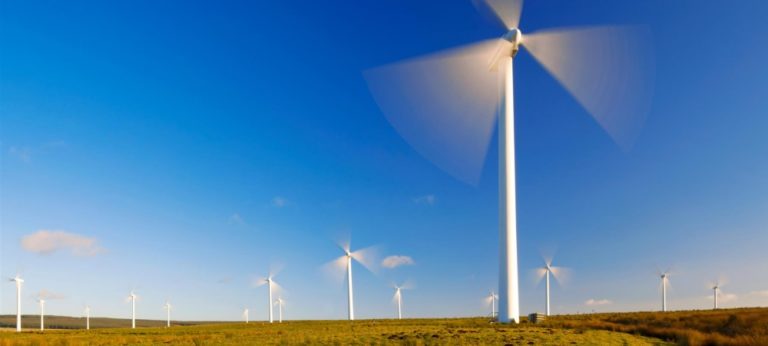By Alissa Santucci

Imagine a world where there is no waste. Where a product is made, used as intended, returned at a collection point and then serves as the input for a new product. This describes a circular economy.
For generations, affluent societies have operated on a linear model where old or used parts and equipment are perceived as waste. A circular economy model challenges us to shift our thinking to a systems approach where “waste” is a resource, and innovation is essential.
A circular economy has three key elements:
- Use “waste” as a resource.
- Design for the future.
- Adaptive business model.
Xerox uses these elements to protect, improve and sustain our global environment — improve our financial performance.
Waste not: It’s a resource
Xerox pioneered the concept of remanufacturing for electronics. This process takes a product at its end-of-life and, with minimal processing, gives that same product a second life that meets all of the same quality specifications of a product made from new materials. Since then, we have implemented continuous improvement projects, optimized our global reverse logistics system, and we lead the industry in innovative end-of-life solutions. Today, remanufacturing and recycling electronics are widespread circular economy practices, but Xerox does not stop there.
Xerox and the circular economy
You and Xerox: Enabling a Circular Economy: Xerox has been a leader in the circular economy for over 30 years
Environmentally preferable practices at our reverse logistics facilities allows us to leave a gentler impact upon our planet, contribute to healthier communities, and deliver better results to our financial performance.
The average printer cartridge can contribute two pounds of material to the landfill. Our cartridge returns program reduces the demand for raw materials. We reuse the cartridge’s byproducts and ensure that no waste ever reaches the landfill. Xerox has partnered with Close the Loop, Inc. to collect and manage toner recycling using a patented materials separation process. After separation and cleaning, the components are returned to the market as usable raw materials in the form of toner, metal parts and plastic parts. In addition to diverting material from the landfill, this process saves up to 80 percent of the energy that is required to produce a new cartridge.
Design for the Future
A circular economy starts with designing products and packaging with sustainability in mind. In order to create a truly sustainable world, we look at how the products and packaging that we place on the market today can ultimately be reused, fit end-of-life management processes and meet customer needs in the future.
We go beyond regulatory requirements. Our packaging design reduces material weight, uses reusable packaging and employs recycled material wherever technically and economically feasible. By prioritizing a “reduce, reuse, recycle” strategy, our packaging demonstrates how designing with future needs in mind helps enable a circular approach to material use.
Designing products for the future is an opportunity to transform the workplace. Xerox AltaLink and VersaLink devices are high-volume scalable devices. As customers’ needs grow, they can easily meet those needs by adding paper trays and various finishers. Along with software updates, this modular, scalable design allows customers to keep their imaging equipment up-to-date for a longer period, without having to replace the entire device.
Adaptive business model
The Xerox business model allows customers the option to lease products, which has many environmental and economic benefits for both the customer and for Xerox. Through the leased equipment program, we can guarantee 100 percent of the equipment is returned for optimized end-of-life processing. This model also ensures our design process prioritizes equipment longevity, re-use and allows for ultimate recycling. Furthermore, this model enables customers to avoid premature obsolescence of their devices, since they have the flexibility to update software and refresh hardware.



